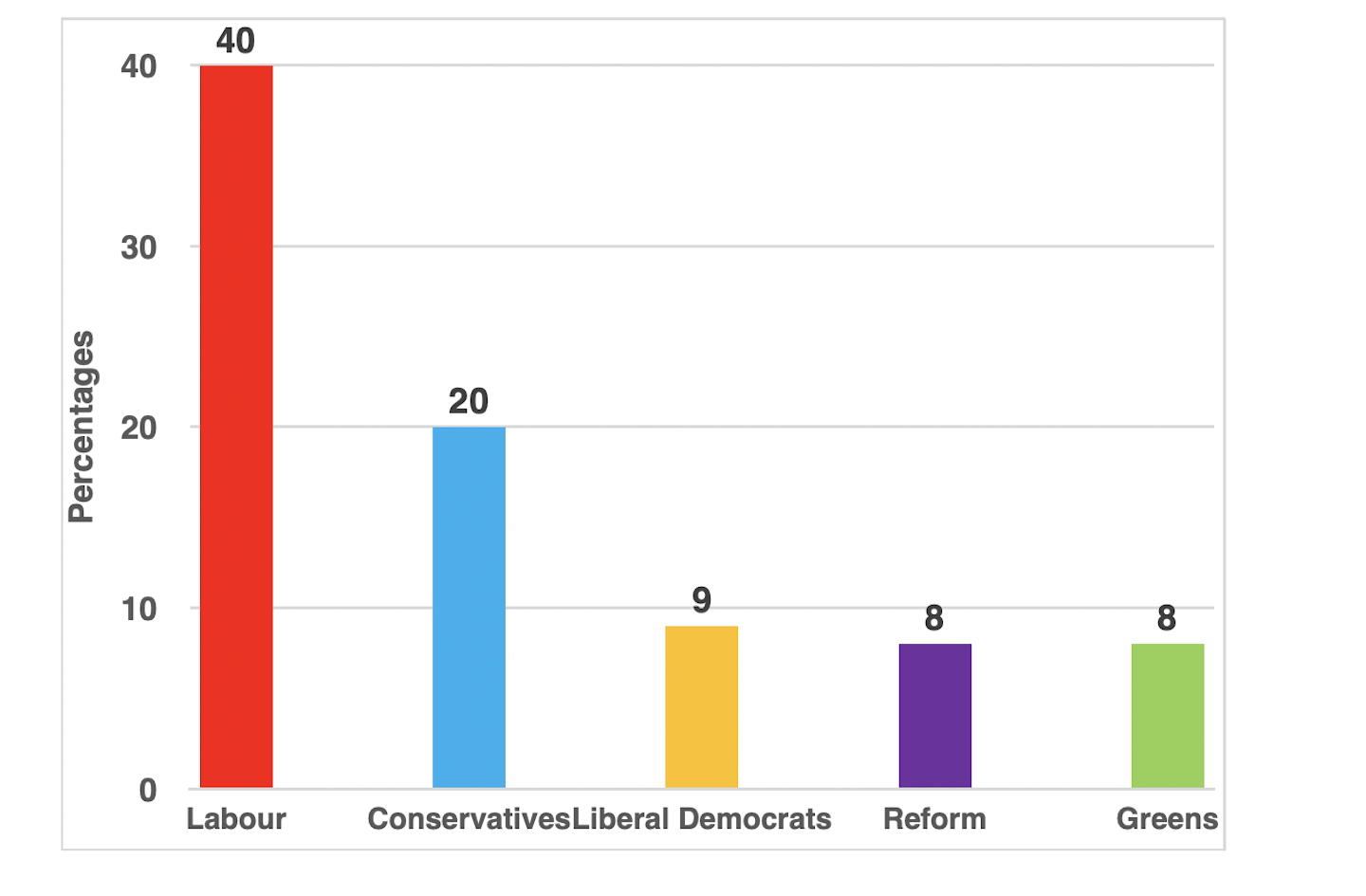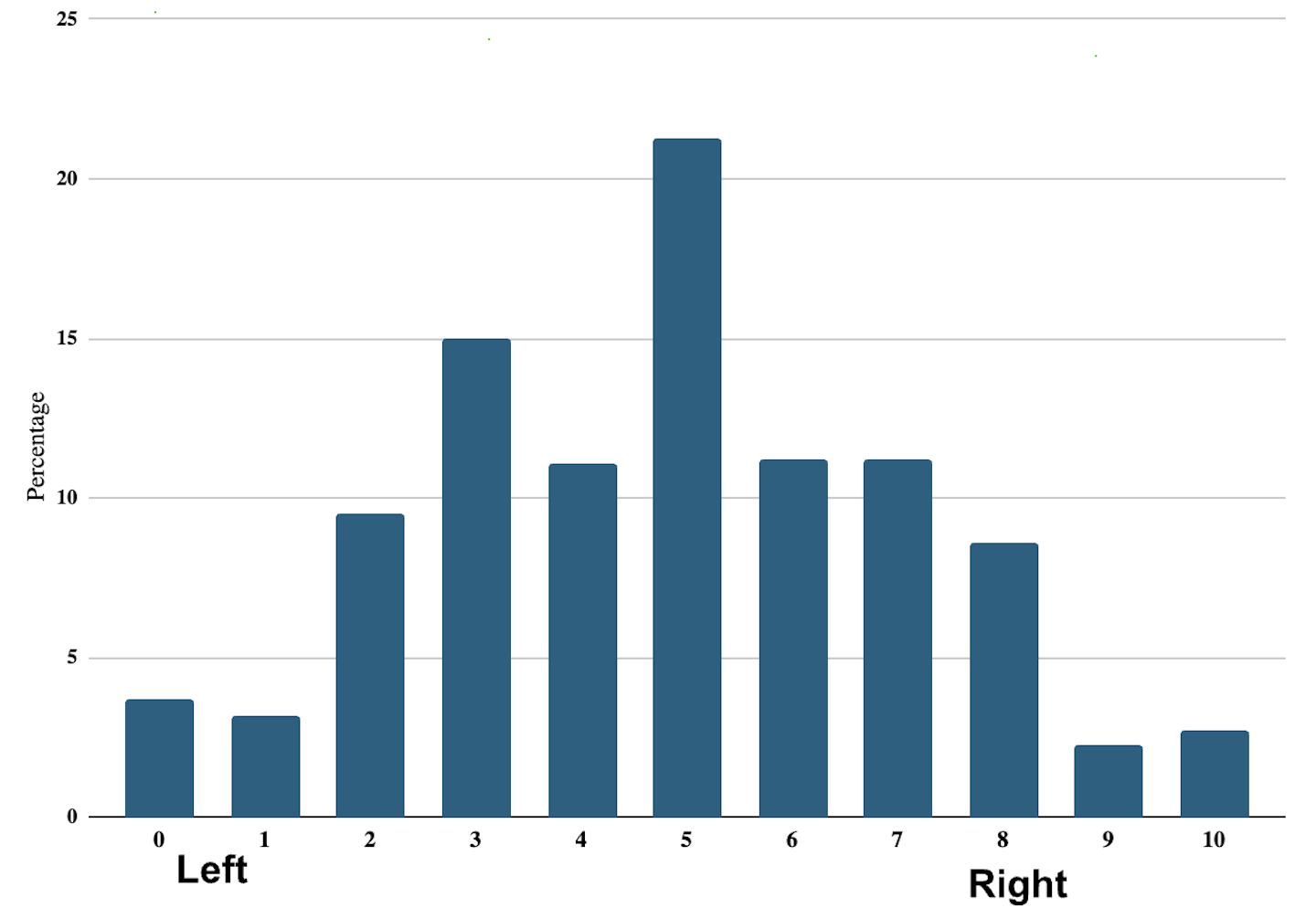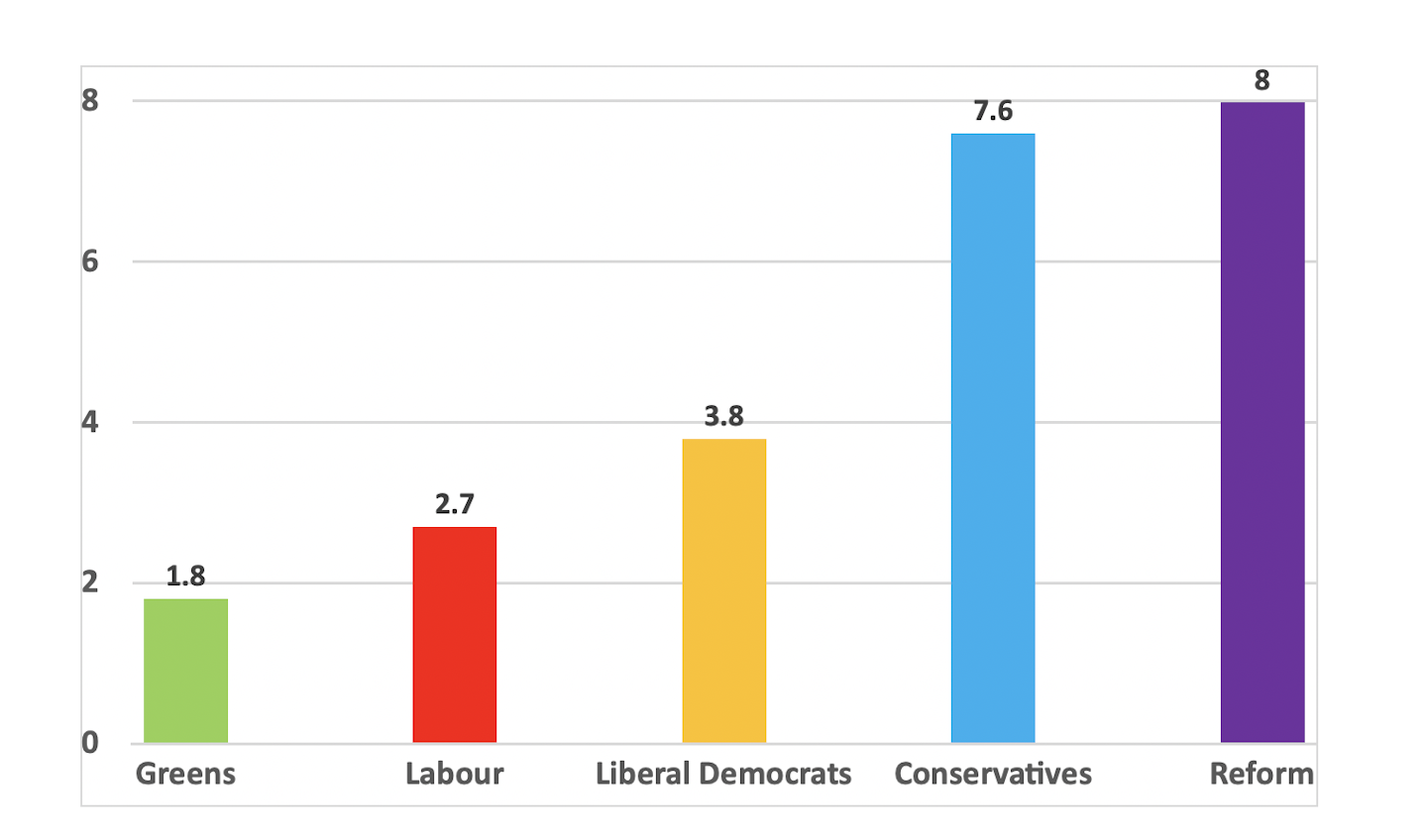Against the backdrop of a fragmenting political system, the 2025 party conference season in the UK has been an unusual one. The Greens and Reform, having secured strong results in the 2024 election, enjoyed an unprecedented level of interest in their events. Members were interviewed in the media and party leaders’ speeches were scrutinised.
Attention is almost always squarely focused on Labour and the Conservatives, perhaps with some Liberal Democrat coverage too. And there have been times when party members have seemed very out of sync with the general public. This was a strong theme during the years of Jeremy Corbyn’s leadership of the Labour party. But it has also affected the Conservatives. Party members strongly supported Brexit at a time when the Conservative leadership opposed it.
But these days, it’s Reform and Green party members who are most ideologically at odds with the voting public – something their leaders will need to be mindful of as they prepare for the next election. Labour and Liberal Democrat party members are the most aligned, followed by the Conservatives.
To show this, we can use data from a large-scale national survey conducted just prior to the general election in 2024 by the British Election Study. With more than 30,000 respondents the survey makes it possible to compare the views of party members with those of voters to see how much they differ.
Percentages of party members in the BES Panel Survey 2024:

The survey asked respondents if they were members of a political party and a total of 1,191 said they were, making up 4% of all respondents. The chart shows the percentage shares of these members in each of the five national parties at that time.
Labour membership was twice as large as that of the Conservatives and they in turn were just over twice as large as the Liberal Democrats. Reform and the Greens had the same percentage of members.
To judge whether party members were extreme in their views compared to the average population, we can use responses to a question which asked: “In politics people sometimes talk of left and right. Where would you place yourself on the following scale?” The scale runs from 0 (far left) to 10 (far right).
The ideology scores on the left-right scale for voters in 2024:

Most voters place themselves at the centre of the left-to-right ideological spectrum, with a mean score of 4.8 on the scale. There is an important strand of academic research in political science which suggests that voters will support the party that is closest to them on this ideological scale.
This is the so-called spatial model of party competition. The distance between the voters and the party members on the scale measures how “extremist” party members are in relation to voters as a whole.
The third chart shows the scores of party members on this left-right scale. It shows that the Liberal Democrat members are closer to the voter mean of 4.8 than any other party. They have a score of 3.8. The second closest party is Labour on 2.7, followed by the Conservatives on 7.6.
The two clear outliers are the Greens on 1.8 who are well to the left of Labour and Reform on 8, which is well to the right of the Conservatives.
Mean scores of party members on the left-right ideological scale:

Political polarisation can weaken the relationship between ideology and voting because it flattens the distribution of voters on the left-right scale. It creates more extremists so that the distribution has fatter tails.
That said, the chart does not show large numbers of extremists in the British electorate, since the great majority of voters are clustered in the centre. This makes it unwise for any party to be too leftwing or rightwing – something which is likely to cause problems for both Reform and the Greens.
“Performance politics” also plays a role. This refers to the extent that incumbent parties deliver on their promises.
This has been a major problem for the Conservatives in the past and it is now affecting the Labour government. Voters want fast action to solve their problems, making this an issue for centre parties as much as for fringe parties.
Both Reform and the Greens have not had to struggle with delivery at the national level, although their recent successes in local government elections will provide evidence of this by the time of the next general election.
Overall Reform and the Greens should note that it is better to be close to what the electorate want than far away when voters start to look at what the parties are offering during an election campaign.
Want more politics coverage from academic experts? Every week, we bring you informed analysis of developments in government and fact check the claims being made.
Sign up for our weekly politics newsletter, delivered every Friday.
This article contains references to books that have been included for editorial reasons, and this may include links to bookshop.org. If you click on one of the links and go on to buy something from bookshop.org The Conversation UK may earn a commission.
This article is republished from The Conversation, a nonprofit, independent news organization bringing you facts and trustworthy analysis to help you make sense of our complex world. It was written by: Paul Whiteley, University of Essex
Read more:
- The Conservatives always adapt to survive – or do they?
- Starmer overlooks the negativity bias that makes Farage’s tactics so potent
- Labour conference: Starmer takes aim at political opponents but ties his own future to Reform
Paul Whiteley has received funding from the British Academy and the ESRC.


 The Conversation
The Conversation
 Cover Media
Cover Media Raw Story
Raw Story Associated Press Top News
Associated Press Top News Reuters US Domestic
Reuters US Domestic Associated Press US News
Associated Press US News Associated Press US and World News Video
Associated Press US and World News Video AlterNet
AlterNet